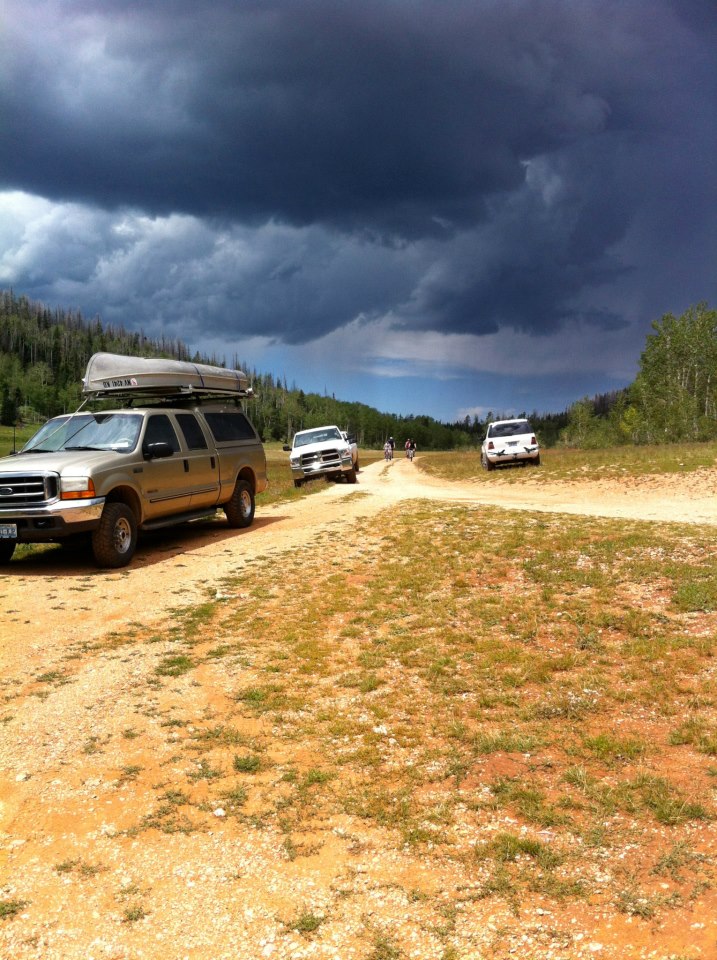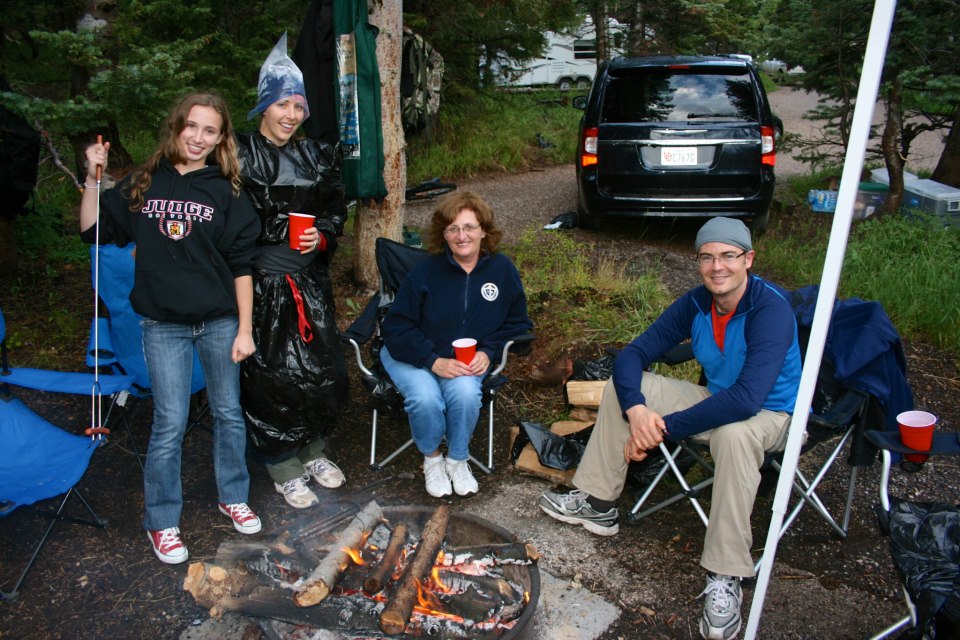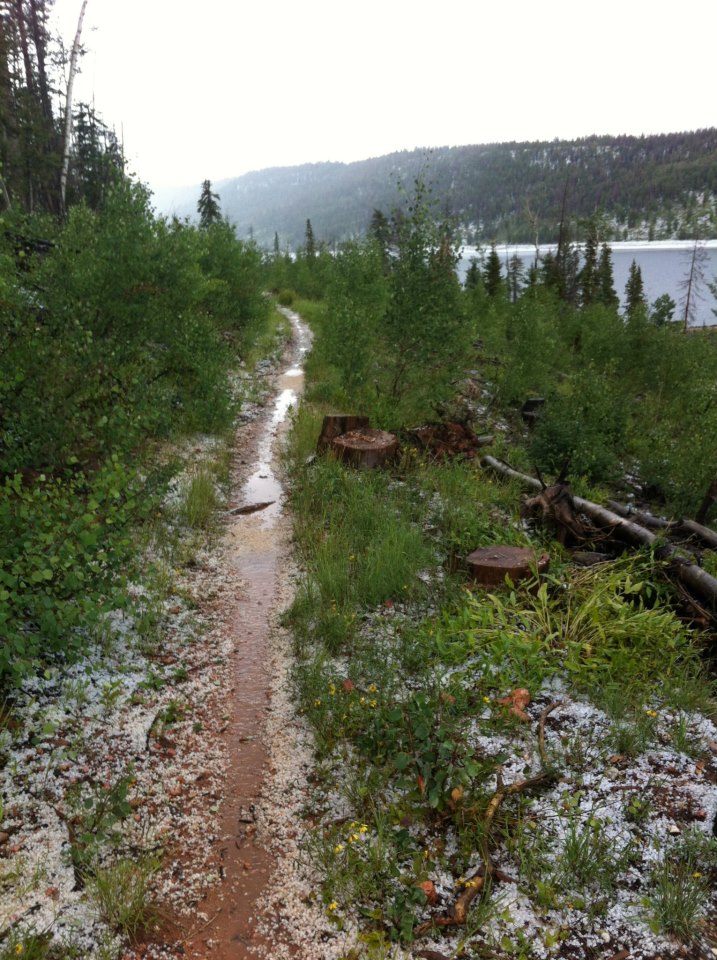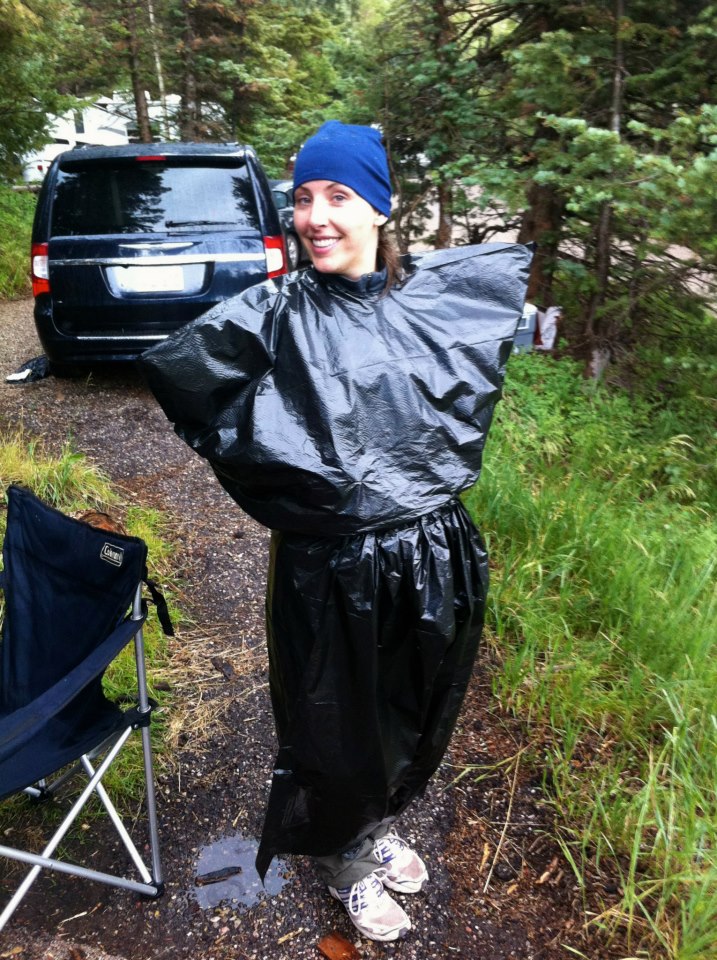August 2012
From July until September, the boat issue remained on our minds. A good sailing friend lent us a number of sailing books that discuss choosing, equipping and maintaining a blue water boat. We identified the makers/models that we would consider for their sea worthiness and sailing qualities: Hallsberg Rassey 36, Whitby 42, Valiant 40/42, Peterson 44, Tayana 42, Brewer 44, Island Packet 40, or Hylas 44.
We continued to peruse Yachtworld to find boats that were in our price range. We found a few more that would qualify, but they were located in Texas, Florida or the State of Washington. That is not a minor problem, because we both work and taking anything more than a long weekend off is difficult. Transporting a boat across country costs close to $10,000 or more, plus all the flights back and forth during the purchase process (at a minimum: one to view the boat before you make an offer, one for sea trial and survey, and one to close the deal.)
So, we had a number of large questions weighing upon us:
“1. Should we purchase the boat early, learn to sail it well and give it a thorough shake down?
2. Should we hunt only in Southern California or elsewhere if cheaper?
3. Should we increase our budget to purchase a boat that needs less work?
4. What size of boat should we buy?
5. Will buying the boat early divert too much money from the master plan?”
We spent our nightly walks analyzing our priorities, strengths, weaknesses, and the realities we were facing. We knew we wanted to circumnavigate, which would inevitably take us through some of the more difficult sailing terrain in the world. This meant we needed a boat that was strong, stable, and relatively fast to avoid storms if possible. We enjoy sailing, so we also wanted a boat that is enjoyable to sail.
Knowing a few key characteristics about ourselves helped us make this decision: (1) Andrew wants (needs) a certain level of security. He needs time to think. (2) I want to feel in control. I want to feel confident that I can manage my own situation well. I realize both of these core characteristics fly in the face of our crazy plan: casting off dock lines and quitting your job is not seeking security, and the ocean will laugh in the face of your desire for control. But, if we do not at least try to honor these characteristics to the extent we can, this dream could fall flat. We also have a few skills at our disposal (or at least Andrew does). He is very handy. He is the zen budda of all things relating to maintenance and repair. I like simplicity, I don't mind a little inconvenience, and I have been known to "rough it" while backpacking, camping, mountain biking, etc. We are lucky to have great jobs, but this means we have more money than we have time.
So, what did this mean? We decided to buy the boat earlier rather than later so we can learn the boat, know her condition, and improve anything that needed to be dealt with. We calculated our budget, and it could be done if we purchased the boat for $125,000 or less (with purchase, survey, taxes, and haul out), slipped her for $700 or less, insured her for $1500/year, and maintained a re-fit budget of $50,000. Southern California offered a number of reasonable options that would fit this criteria, so we decided to limit the scope of our search there.
We also decided not to increase our purchase price. All boats (even brand new ones) require refit costs. With new ones, you have to add necessary cruising gear. With anything older than five years you must start doing a lot of the maintenance that is involved with a re-fit. By the time you reach 10 years, you need to start looking at rebedding all the hardware, replacing standing rigging, replacing the running rigging, etc. for a blue water boat. In addition, some of the older boats are as strong, or maybe even stronger than the new ones. So, we may as well go older, cheaper, and just learn to manage the maintenance ourselves.
We also decided that while 40 feet sometimes seems a little small on the inside, a 40 foot boat will be cheaper to maintain, easier to drive under power and easier to sail with only two people than a bigger boat. 40 feet also provides more comfort than anything below 40 (this will be our home for a while!)
And so, our criteria was set. We needed a strong, but relatively fast 40 foot boat we could purchase for $125,000 or less, sitting somewhere in Southern California, in 90% sail ready condition with only typical maintenance issues to resolve before leaving. And we would buy it as soon as we were confident we had found the right boat at the right price.
In the meantime, we headed to the trails to spend some time with family and clear our heads, where we were pummeled with the hail-stones-of-the-apocolypse and learned another valuable sailing lesson (for the 40th time):
Always keep your foul weather gear handy. You are only as strong as your weakest (i.e. coldest and most ice pummeled) link.
P.S. If you show up without your foulies, your best option is to wear garbage bags. They are kind of effective, but only kind of.









